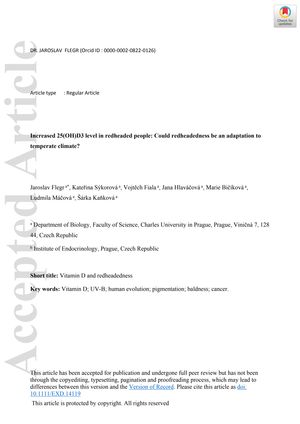TLDR Redheaded people may have evolved to efficiently make vitamin D in areas with less sunlight.
In a study involving 73 redheaded and 130 non-redheaded individuals, researchers found that redheaded participants had higher levels of the vitamin D precursor 25(OH)D3 (calcidiol) in their blood serum, while maintaining similar folic acid levels compared to non-redheads. The study also observed that 25(OH)D3 concentrations in redheads correlated with the intensity of their hair color, as measured by spectrophotometric methods and assessments by both the participants and independent observers. Unlike non-redheads, whose 25(OH)D3 levels varied with sun exposure and suntan intensity, redheads' levels appeared to be influenced by physiological differences rather than behavior. Additionally, folic acid levels were found to increase with age and baldness intensity, but decrease with the frequency of visiting tanning salons. These findings suggest that the redheaded phenotype may be an evolutionary adaptation that allows for efficient synthesis of vitamin D in regions with lower UVB radiation, such as central and northern Europe.
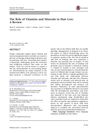 134 citations
,
December 2018 in “Dermatology and Therapy”
134 citations
,
December 2018 in “Dermatology and Therapy” Some vitamins and minerals like vitamin D and iron can help with certain types of hair loss, but more research is needed for others.
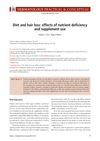 79 citations
,
January 2017 in “Dermatology practical & conceptual”
79 citations
,
January 2017 in “Dermatology practical & conceptual” Correcting nutrient deficiencies may help with hair loss, but the benefits of supplements without a deficiency are uncertain and could be harmful.
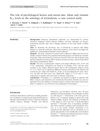 33 citations
,
April 2009 in “Clinical and Experimental Dermatology”
33 citations
,
April 2009 in “Clinical and Experimental Dermatology” Psychological factors like depression may be more important than zinc, folate, and vitamin B12 levels in causing scalp pain in people with hair loss.
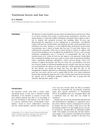 239 citations
,
July 2002 in “Clinical and Experimental Dermatology”
239 citations
,
July 2002 in “Clinical and Experimental Dermatology” Low iron and L-lysine levels can cause hair loss in women, and increasing these nutrients can reduce hair shedding.
 December 2019 in “bioRxiv (Cold Spring Harbor Laboratory)”
December 2019 in “bioRxiv (Cold Spring Harbor Laboratory)” Redheaded people have higher levels of a vitamin D precursor, suggesting red hair may be an adaptation for better vitamin D synthesis in areas with less sunlight.
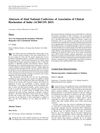 1 citations
,
November 2015 in “Indian Journal of Clinical Biochemistry”
1 citations
,
November 2015 in “Indian Journal of Clinical Biochemistry” The conference presented findings on how vitamin D levels, genetic factors, and lifestyle choices like smoking and yoga affect various health conditions and diseases.
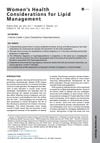 9 citations
,
May 2015 in “Cardiology Clinics”
9 citations
,
May 2015 in “Cardiology Clinics” The conclusion is that managing cholesterol is important for women, especially during pregnancy, breastfeeding, and with PCOS, and involves regular screening and careful treatment choices.
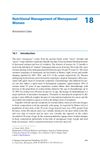 January 2017 in “Springer eBooks”
January 2017 in “Springer eBooks” Eating a balanced diet with specific nutrients can help manage menopause symptoms and prevent related health issues.
 5 citations
,
January 2020 in “The mental health clinician”
5 citations
,
January 2020 in “The mental health clinician” Vitamin D supplements may reduce hair-pulling in people with Trichotillomania.
